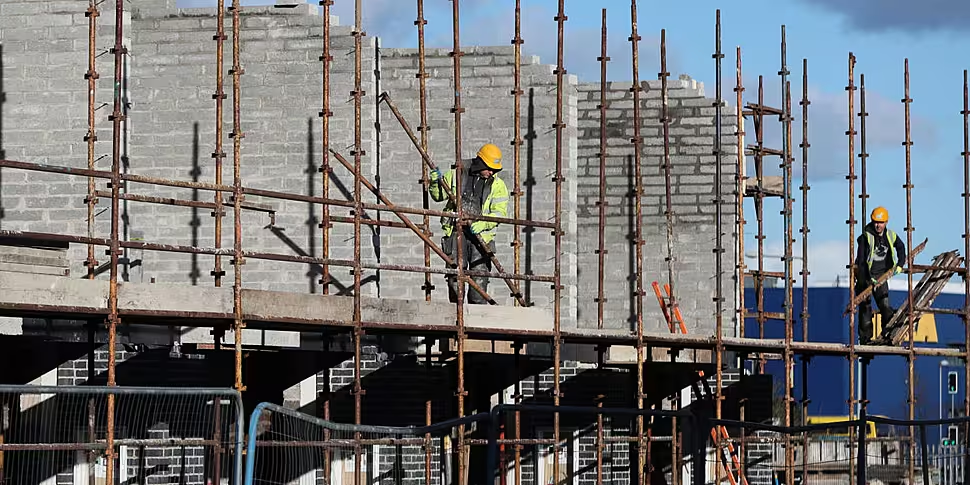Nearly 27,000 new homes will be delivered this year – close to the number delivered in pre-COVID in 2019.
New figures from the Banking and Payments Federation Ireland (BPFI) suggest that housing supply recovered significantly last, with close to 30,000 homes delivered.
That marks a 45% increase on 2021 and a 41% increase on 2019.
 Taoiseach Leo Varadkar on his way to Cabinet, 24-01-2023. Image: Leah Farrell/RollingNews
Taoiseach Leo Varadkar on his way to Cabinet, 24-01-2023. Image: Leah Farrell/RollingNewsLast week, the Taoiseach admitted that Ireland currently needs about 250,000 new homes and warned colleagues that it would take a long time to solve the housing crisis.
Leo Varadkar told the Fine Gael Parliamentary Party that at least 40,000 new homes must be built each year, insisting the State was “ramping up to that number”.
The annual Housing for All target is 33,000 homes per year.
Meanwhile, the commencement figures for January were the highest seen in any January period since 2008.
Housing
The BPFI noted that commencement figures are a good indicator of total completions in a year – although there are a high number of apartments included in this year’s figures, which could delay the final output.
It warned that, while rising supply and mortgage demand will support the market, significant risks remain to both due to the high costs of building and interest rate increases.
BPFI Chief Executive Brian Hayes said the 52,634 mortgage drawdowns recorded last year were valued at €14.1 billion – the highest value since 2008.
The most recent figures for January show that approvals were valued at €1 billion with first-time buyers accounting for over 51%.
Meanwhile, there was a 36% increase in applications for the Help to Buy (HTB) scheme, which supports FTBs buying or building new homes.
Risks
“Following a strong year in terms of housing and mortgage market activity in 2022, we anticipate robust levels of activity to continue in 2023; however, this is not without some downside risks," said Mr Hayes.
“In terms of demand for mortgages, we expect the growth in non-purchase mortgages (switching and top-ups) to continue to slow and the first-time buyer segment to drive activity, especially for new builds, with the continuation of support measures like the Help-to-buy scheme and the First Home Scheme, as well as the revised loan-to-income ratios under the Central Bank’s mortgage lending rules.”
He warned that while a “slowdown in residential property price inflation should help to alleviate affordability concerns somewhat”, building cost pressures and further ECB rate increases could pose a risk to the housing supply outlook in the shorter term.









